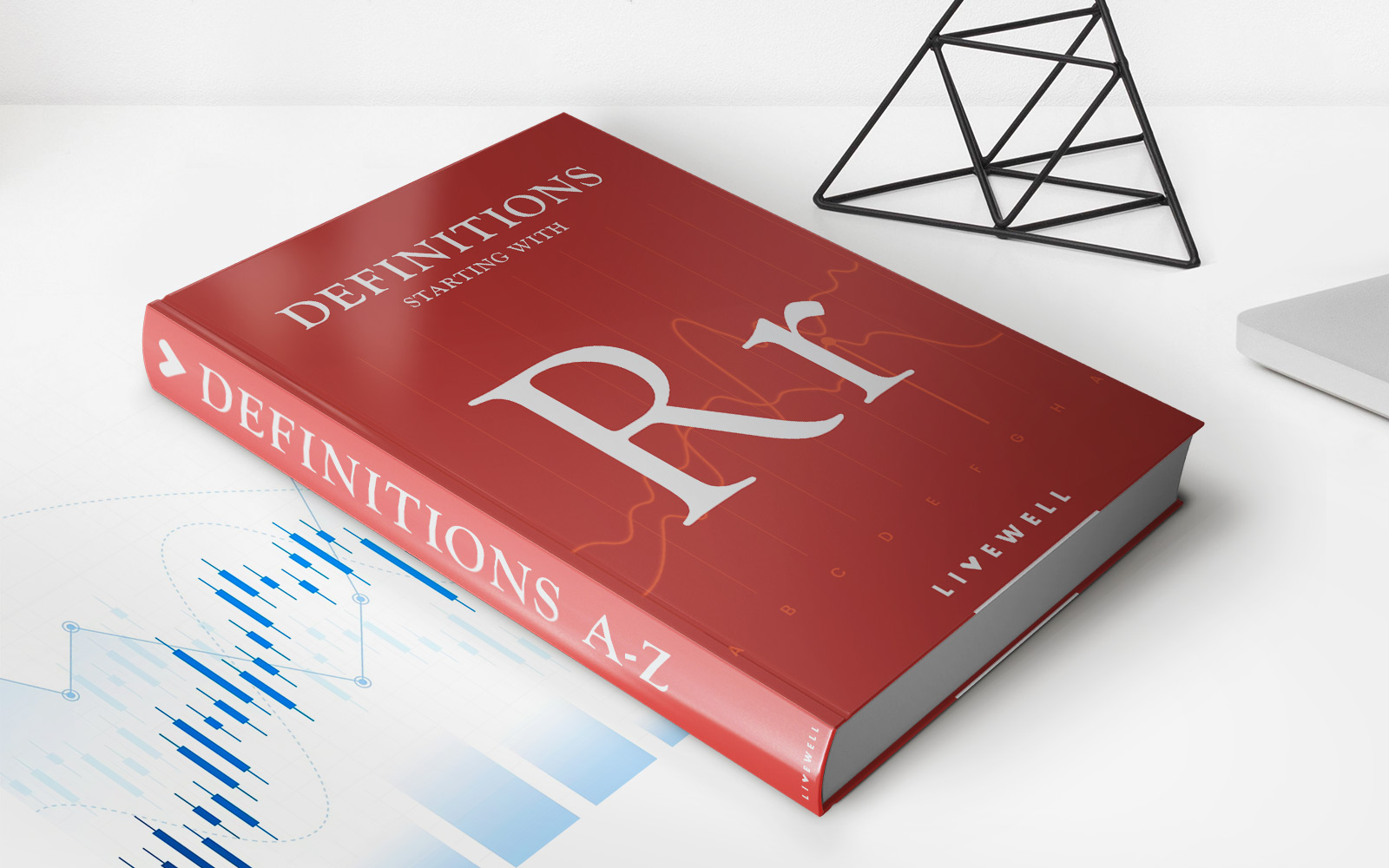

Finance
Variable Cost Ratio Definition
Published: February 15, 2024
Find the definition of Variable Cost Ratio in finance and understand how it affects your business profitability. Learn more now!
(Many of the links in this article redirect to a specific reviewed product. Your purchase of these products through affiliate links helps to generate commission for LiveWell, at no extra cost. Learn more)
Understanding Variable Cost Ratio: Definition, Calculation, and Importance
Welcome to the Finance category of our blog! Today, we’ll be diving into the concept of variable cost ratio and how it plays a crucial role in understanding the financial health of a business. If you’ve ever wondered how efficiently a company is managing its variable costs, this is the article for you.
Key Takeaways:
- The variable cost ratio measures the proportion of a company’s revenue that goes toward variable costs.
- Calculating the variable cost ratio helps managers make informed decisions about cost management and pricing strategies.
So, what exactly is a variable cost ratio? In simple terms, it is the percentage of a company’s revenue that is consumed by variable costs. Variable costs are expenses that change in direct proportion to the level of production or sales. These can include raw materials, direct labor, and other costs that vary with output.
To calculate the variable cost ratio, you’ll need two key figures: the total variable costs and the total sales revenue. Divide the total variable costs by the total sales revenue and multiply the result by 100 to get the ratio expressed as a percentage. The formula looks like this:
Variable Cost Ratio = (Total Variable Costs / Total Sales Revenue) * 100
Why is the variable cost ratio important? Well, it provides valuable insights into a company’s cost structure and helps managers make informed decisions. Here are a few reasons why understanding the variable cost ratio is crucial:
- Cost Management: By knowing the proportion of revenue allocated to variable costs, managers can identify areas where cost reduction measures should be implemented. This allows for effective cost management and improved profitability.
- Pricing Strategies: The variable cost ratio helps determine the minimum sales price required to cover all variable costs. By understanding this ratio, managers can set competitive prices that maximize profitability while also staying within market demand.
By regularly monitoring changes in the variable cost ratio, businesses can identify trends and adjust their strategies accordingly. A declining ratio may indicate improved efficiency or cost reductions, while an increasing ratio may signal cost control issues that need attention.
Remember, the variable cost ratio is just one aspect of a company’s financial analysis. To gain a comprehensive view, it is essential to consider other ratios and financial metrics like gross profit margin, fixed cost ratio, and net profit margin.
Understanding the variable cost ratio empowers businesses to make informed decisions, optimize their cost structure, and maximize profitability. So, start calculating your variable cost ratio today and pave the way for a more financially sound future!














